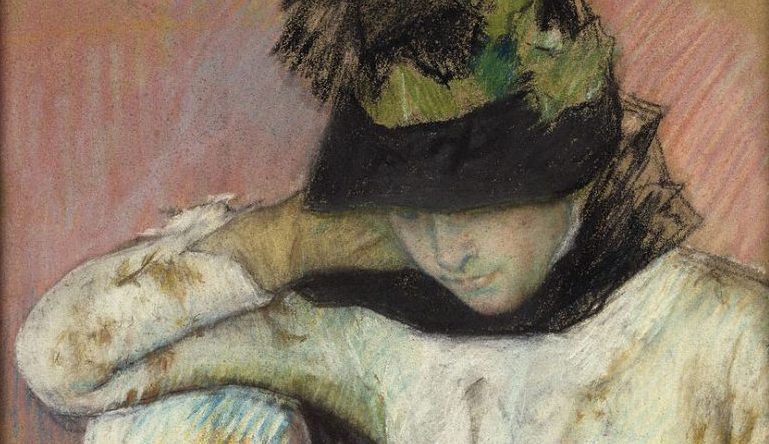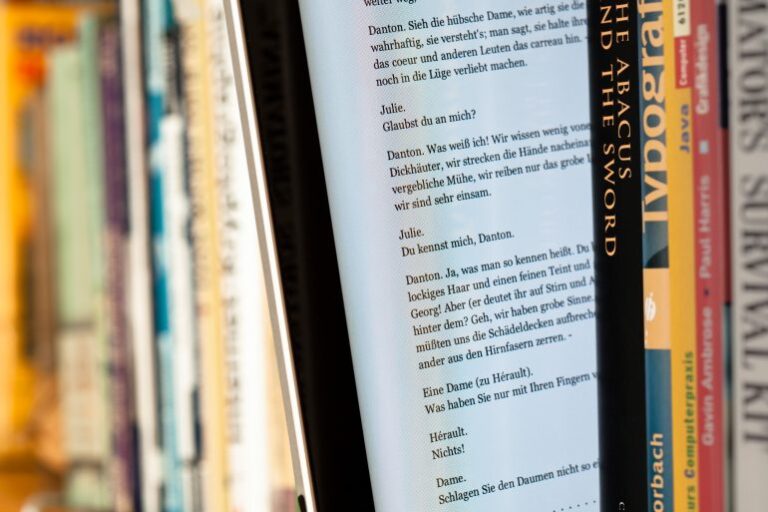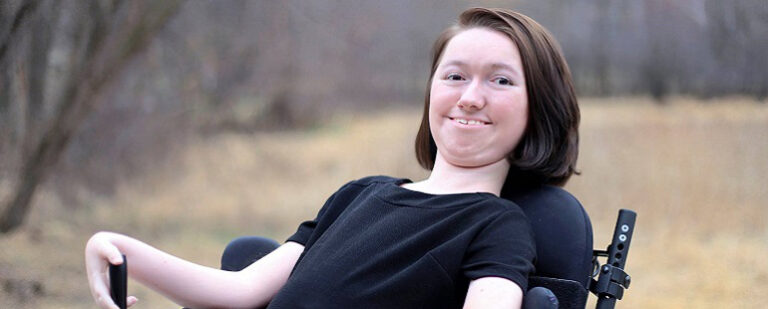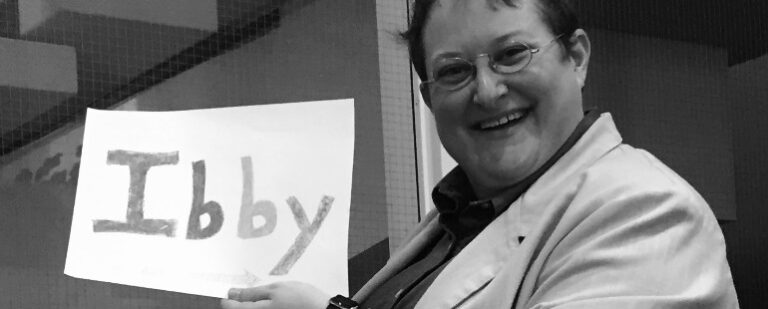The Poetics of Body Positivity
My earliest memories of the poetic representations of other cis women, like me, were highly sexualized. It seemed that women’s bodies, rather than the women, were (cis male) poets’ muses.
Please note that shipping will be slower than usual for orders placed between Dec. 24-Jan. 15! Thank you for your patience.

My earliest memories of the poetic representations of other cis women, like me, were highly sexualized. It seemed that women’s bodies, rather than the women, were (cis male) poets’ muses.

Traditional storytelling often minimizes the intersection between internal and external experiences, but graphic novels rely on this to fully tell the story. These narratives can show in words and pictures the complexity of disability and its various intersections: with visibility, with race, gender, sexuality.

Clare’s writing is radical in its refusal to condense to a prescriptive right or wrong without ever sliding into passivity. His book, The Marrow’s Telling: Words in Motion, was a 2008 Lambda Literary Award finalist. His 1999 essay collection, Exile and Pride: Disability, Queerness, and Liberation, was reissued by Duke University Press in 2015.

Imagine being cut off from more than ninety percent of the world’s printed material. According to the non-profit World Blind Union, that’s the case for people with visual impairments. But there are plenty of things that can be done to make books more accessible to those with visual and other disabilities.

Bodies in literature always bear the first marks of difference. What isn’t recognized as “normal” (meaning, not perceived as male, cis, straight, white), always verges on the monstrous, to be rejected or feared, or at the very least cloaked in mystery.

From childhood, we’re taught to see ourselves as others see us. We learn to synthesize “Head, shoulders, knees and toes” into a whole through a complex process of self-identification. We see who and what we’re taught to see, a looping phenomena that means we’re literally made up of story.
No products in the cart.